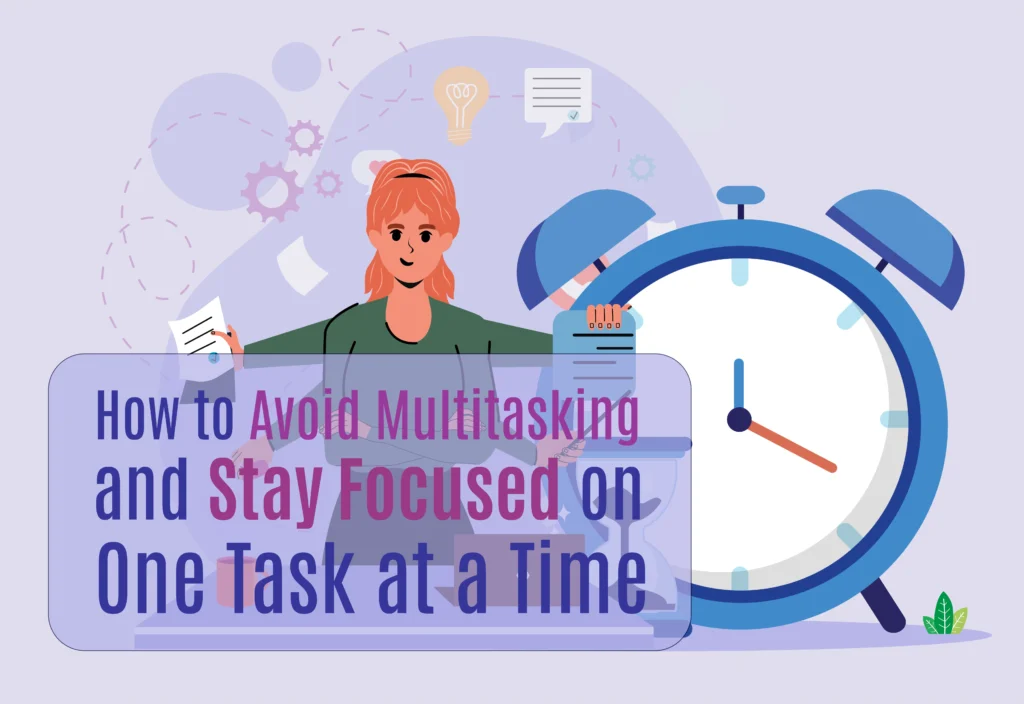12 Smart Strategies to Lower Interest Rates
Interest rates can quietly drain your finances, adding significant costs to your credit cards, personal loans, or mortgage over time. The higher the interest rate, the harder it becomes to manage debt, leaving you with less money to save or invest. However, you’re not stuck with high rates—there are practical ways to lower your interest rates and take control of your financial future. Reducing interest means more of your payments go toward the principal, helping you pay off debt faster and save in the long run.
In this article, we’ll cover 12 smart strategies to lower interest rates, from improving your credit score to refinancing and negotiating with lenders. Some strategies are simple, like setting up automatic payments, while others, such as debt consolidation, offer larger long-term savings. No matter your financial situation, these tactics will help you cut borrowing costs, boost cash flow, and reach your financial goals faster.

Introduction to Interest Rates and Their Impact
What Are Interest Rates?
An interest rate is the cost of borrowing money, expressed as a percentage of the loan amount. Lenders charge interest as compensation for taking on the risk of lending. Whether it’s a mortgage, credit card, or student loan, the interest rate you pay directly affects how much your debt costs over time.
There are two main types of interest rates:
- Fixed Interest Rate: Stays the same throughout the loan term.
- Variable Interest Rate: Fluctuates with market conditions and can change periodically.
Why Lowering Interest Rates Matters
Reducing your interest rates means you’ll pay less over the life of your loan, allowing you to focus on other financial goals such as savings, investments, or emergency funds. Lower interest rates can also improve your cash flow, making it easier to stay on top of your payments and reduce debt more efficiently.
12 Smart Strategies to Lower Your Interest Rates
1. Improve Your Credit Score
Your credit score plays a major role in determining the interest rates lenders offer. A higher score signals to lenders that you are a low-risk borrower, which can result in better rates.
Regular Monitoring of Credit Report
- Check for Errors: Review your credit report from all three major bureaus (Experian, Equifax, TransUnion) and dispute inaccuracies.
- Reduce Credit Utilization: Keep your credit card balances below 30% of your total credit limit to maintain a healthy score.
- Pay Bills on Time: A history of timely payments improves your credit profile.
2. Negotiate With Your Lender
Sometimes, a simple conversation can make a difference. Many lenders are willing to lower interest rates for long-term customers or borrowers experiencing financial difficulties.
Crafting a Negotiation Plan
- Prepare a summary of your financial situation.
- Highlight your history as a reliable customer.
- Ask if the lender has any rate-reduction programs or hardship options available.
≫ Related Post: How to Negotiate Lower Interest Rates with Your Creditors
3. Refinance Your Loans
Refinancing involves replacing your current loan with a new one at a lower interest rate. This is particularly common with mortgages and auto loans.
Refinancing Mortgage vs. Auto Loans
- Mortgage Refinancing: This can reduce your monthly payments, but consider the closing costs to ensure refinancing is worthwhile.
- Auto Loan Refinancing: If your credit score has improved, refinancing can significantly lower your rate.
4. Consolidate Your Debts
Debt consolidation allows you to combine multiple loans or credit card balances into a single loan, ideally with a lower interest rate.
Balance Transfer Cards and Personal Loans
- Balance Transfer Credit Cards: Offer low or 0% introductory rates. Be mindful of the promotional period expiration.
- Personal Loans for Consolidation: Fixed interest rates provide predictable payments, making it easier to budget.
5. Switch to a Credit Union
Credit unions often offer lower interest rates on loans and credit cards compared to traditional banks. They are nonprofit organizations focused on providing financial benefits to their members.
Benefits of Credit Unions vs. Traditional Banks
- Lower interest rates on loans.
- More flexible loan terms.
- Personalized customer service and local focus.
6. Optimize for a Shorter Loan Term
Shorter loan terms often come with lower interest rates because lenders are taking on less risk.
Impact of Loan Duration on Interest Rates
Although monthly payments may be higher with a shorter term, you’ll save significantly on interest over the life of the loan. It’s important to weigh the impact on your budget before opting for this strategy.
7. Set Up Auto Payments
Many lenders offer interest rate discounts when you set up automatic payments from your bank account.
Discounts Offered by Lenders for Auto Pay
- Lenders appreciate the reduced risk of missed payments.
- Common discounts range between 0.25% and 0.50% off your interest rate.
8. Leverage Loyalty Programs
If you’ve been with your lender for a while, ask about loyalty discounts. Many financial institutions offer better rates to existing customers who hold multiple accounts or have a long-standing relationship.
Existing Customer Discounts
- Bundling services (like checking accounts and loans) can help secure better terms.
- Banks often offer preferred rates to loyal customers.
9. Use Collateral to Secure Lower Rates
Secured loans, backed by assets such as property or savings, typically have lower interest rates than unsecured loans.
Secured vs. Unsecured Loans
- Secured Loans: Lower interest but risk losing the collateral if you default.
- Unsecured Loans: Higher interest but no asset backing required.
10. Watch for Promotional Offers
Many lenders offer promotional rates to attract new customers.
0% Introductory Rates
Credit cards, in particular, offer 0% interest promotions for 6-18 months. Take advantage of these offers, but ensure you can pay off the balance before the promotion ends to avoid retroactive interest.
11. Explore Government Programs
Government programs often offer lower interest rates or repayment assistance for certain types of loans.
Student Loan Forgiveness and Mortgage Relief
- Student Loan Forgiveness: Some borrowers may qualify for reduced rates or partial loan forgiveness.
- Mortgage Relief Programs: Government-backed programs can offer more favorable mortgage terms.
12. Hire a Financial Advisor
If you’re struggling to find ways to lower your interest rates, a financial advisor can help.
Role of Professionals in Interest Rate Negotiations
Financial advisors have experience negotiating with lenders and may have insights into refinancing opportunities or debt management strategies you may not be aware of.
How to Stay on Top of Your Debt Management
Effective debt management ensures that you make the most of reduced interest rates and avoid unnecessary penalties or fees. Staying organized allows you to pay off debt faster while maintaining financial stability. Here’s how you can stay in control and prevent debt from building up again:
Set Alerts and Automate Payments
Missed payments can lead to higher interest rates and late fees, even if you’ve negotiated lower rates. Use apps, text reminders, or calendar alerts to stay on top of payment due dates. Setting up auto-pay not only reduces stress but can also unlock discounts from lenders.
Review Loan Agreements Regularly
Loan terms can change over time, especially with variable-rate loans or promotional offers. By reviewing your loan agreements periodically, you can identify hidden fees, rate hikes, or expiring promotions early. Staying proactive prevents unexpected increases in your debt costs.
Track Progress and Adjust as Needed
Monitoring your progress motivates you to stay on track and make informed decisions if your situation changes. Tools like spreadsheets or debt-tracking apps help you visualize your payoff timeline. Adjusting between repayment strategies, such as debt snowball or debt avalanche, ensures you stay efficient in your efforts.
Monitor Your Credit Score
Maintaining a healthy credit score ensures you’re always eligible for the best interest rates available. Check your credit report monthly to detect errors or fraud early and take quick action if needed. A strong credit profile positions you for better refinancing opportunities in the future.
Common Mistakes to Avoid While Lowering Interest Rates
While reducing interest rates can save you money, it’s easy to make mistakes that undo your progress. Small oversights can lead to higher costs, unexpected fees, or damaged credit. Below are the most common pitfalls and how to avoid them:
Ignoring Refinancing Costs
Refinancing can offer lower interest, but the upfront costs—like closing fees and origination charges—can erode your savings. Use a break-even analysis to ensure the savings exceed the expenses. Always compare offers from multiple lenders to find the best deal with minimal fees.
Missing Promotional Deadlines
Promotional interest rates, such as 0% APR offers, are temporary and come with strict conditions. Failing to pay off the balance before the promotion ends can result in retroactive interest charges. Set payment goals and reminders to ensure you meet deadlines and avoid costly penalties.
Applying for Too Many Loans
Applying for multiple loans or credit cards in a short time can harm your credit score, making it harder to secure low rates. Each hard inquiry on your credit report reduces your score slightly, which can impact your eligibility. Instead, use prequalification tools to shop around without affecting your credit.
Failing to Reassess Your Strategy
Interest rates and financial goals change, so it’s important to reassess your strategy periodically. Monitor the market for opportunities to refinance or negotiate better terms. Regularly revisiting your repayment goals keeps you aligned with your current financial situation and prevents unnecessary debt.
Neglecting an Emergency Fund
Without an emergency fund, unexpected expenses like car repairs or medical bills could force you to rely on high-interest credit. Even while focusing on debt repayment, set aside some savings for emergencies. A small safety net ensures that your progress isn’t derailed by unforeseen events.
Conclusion: Manage Debt Effectively to Stay on Track
Effective debt management requires more than just lowering your interest rates—it involves staying organized, avoiding costly mistakes, and continuously reviewing your financial plan. By setting reminders, reviewing loan agreements regularly, and monitoring your progress, you’ll be able to stay on top of your debt. Avoiding common pitfalls, such as missing promotional deadlines or neglecting refinancing costs, will further ensure your success. With consistent effort and smart planning, you’ll be on your way to achieving financial freedom.












